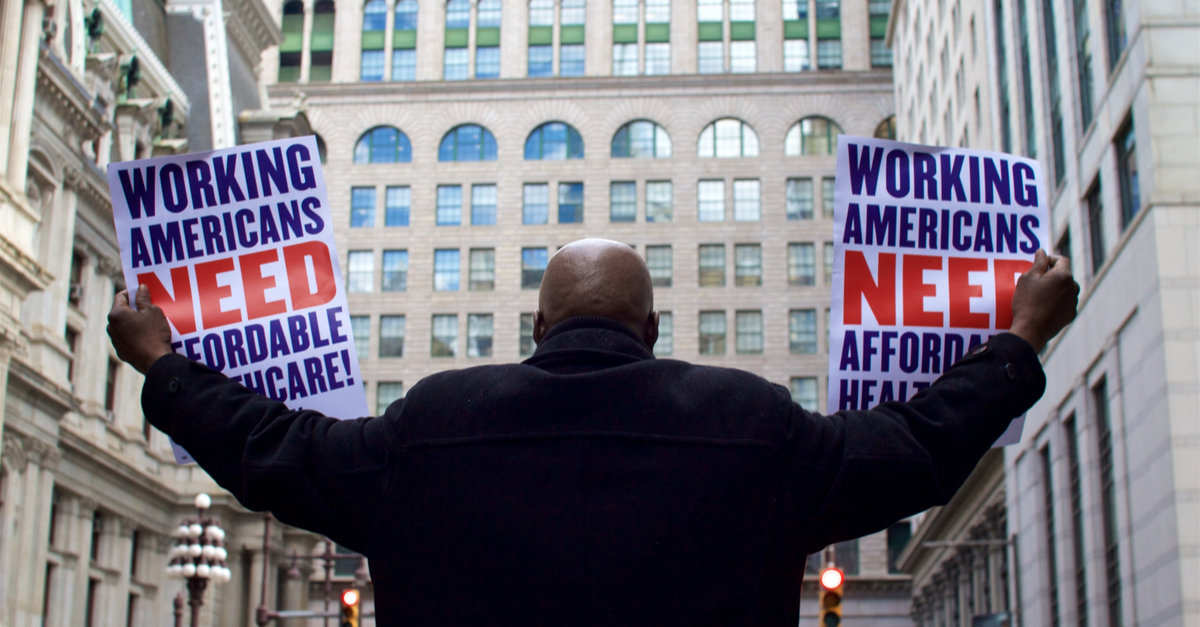Today the first official votes will be cast, both in Iowa and California, for the 2020 presidential election. A hot button topic in the discourse leading up to this moment has been whether the country should migrate to a single-payer healthcare system commonly referred to as "Medicare-for-all."
While every Democratic candidate still in the running supports some level of change to the current healthcare system, Medicare-for-all is a solution championed primarily by Vermont Senator Bernie Sanders and Massachusetts Senator Elizabeth Warren.
Both are pushing for a single-payer solution where Americans would be enrolled automatically in a government-run medical insurance plan. Both of their policies call for essentially disbanding private insurance, or relegating it to something only needed to supplement care outside of the provisions provided in their single-payer solutions.
Should Employers Embrace Medicare-for-all?
Would this transition to Medicare-for-all be a good thing for employers, 4.5 million of which are providing employer-sponsored group health insurance to over 160 million Americans representing 49 percent of the country's total population?




















